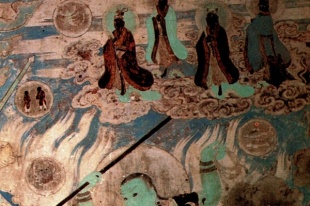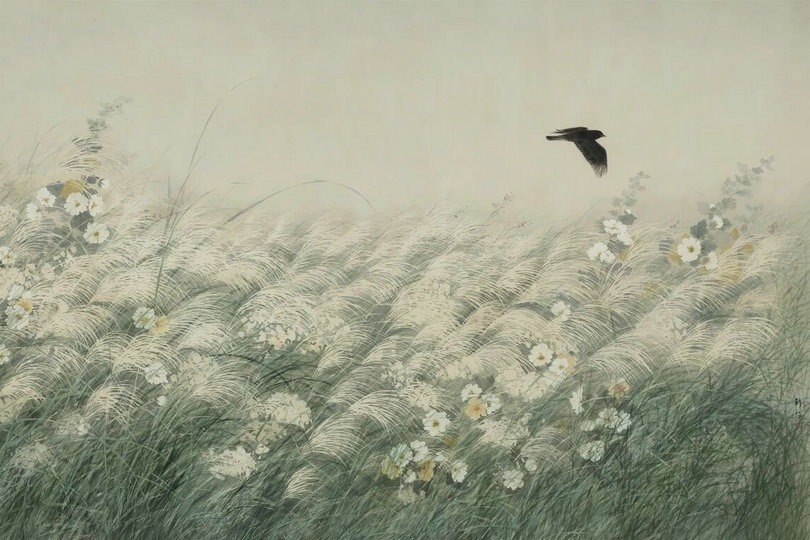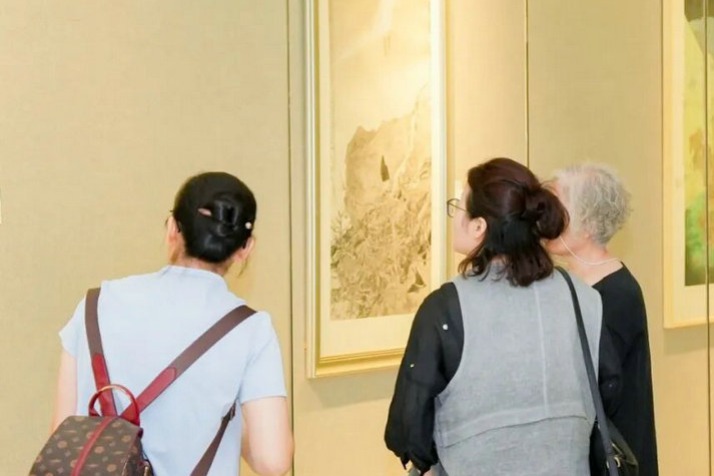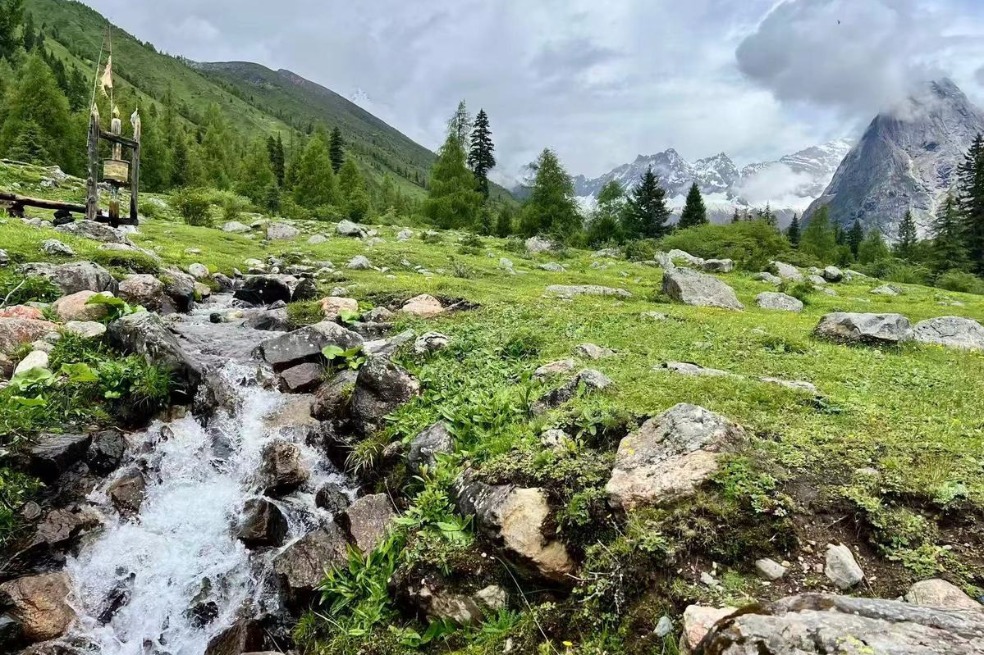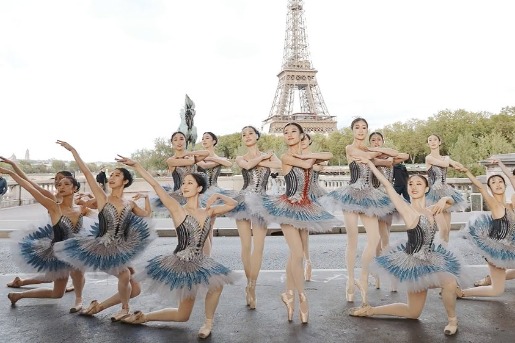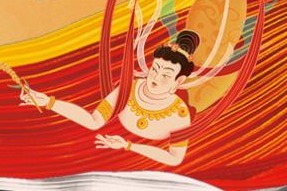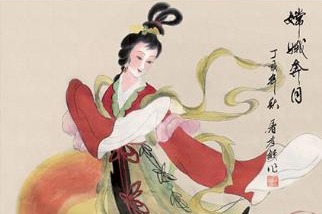Reveling in global legacy of the silk road

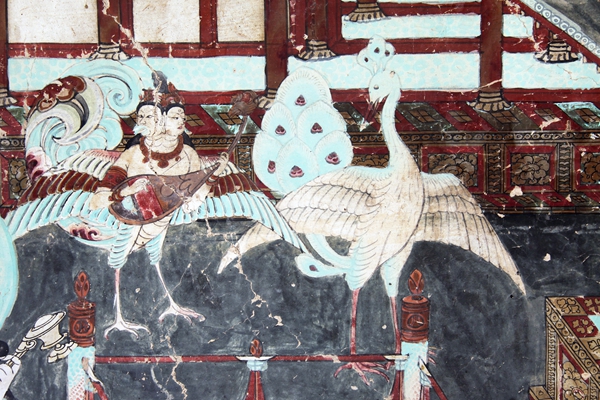
Sharing skills
It is now sharing its expertise with heritage sites at home and abroad, ranging from projects in the neighboring Xinjiang Uygur autonomous region's ancient trading settlements to Cambodia's Angkor Wat temple complex, the director said.
The latest collaborations are also very much in line with the Belt and Road Initiative for global infrastructure and development, Zhao said.
"The ancient Silk Road saw immense cultural exchanges between East and West. In all those centuries, deep, expansive exchanges occurred amid sound development," he said.
"We now want to help share our experience with others, to show that China's cultural development is also the world's cultural development."
The academy has in recent years stepped up its collaboration with other countries to share the "Dunhuang experience", ranging from exhibitions in North America, Europe and Asia, to research exchanges and forums with scholars worldwide. The province also opened the 4th Silk Road (Dunhuang) International Cultural Expo and 9th Dunhuang Tour Silk Road International Tourism Festival late last month, drawing nearly 1,000 guests from more than 30 countries and regions for mutual learning and cooperation.
Zhang Xiantang, vice-director of the Dunhuang Academy and a specialist in Buddhist history, said Silk Road research extending to India and Central Asia continues to highlight the historical value of Dunhuang as a cultural hub.
"My three decades of research show that these are not just invaluable repositories of Buddhist art, the artifacts also illuminate the historical and cultural interactions among the world's civilizations. They were created amid some of the most open periods in Chinese history," Zhang said.
Building on the conservation support it received from the United States, France and other countries starting in the 1980s, the academy has since extended its research work to other developing areas, Zhang said. Zhang himself led a multidisciplinary research trip to the Bamiyan Buddhist statues site in Afghanistan last year. The Taliban turned the statues into rubble in 2001 and the international community has been discussing how to restore them ever since.
"Our researchers have gone to India, Uzbekistan and Tajikistan. We are going out and opening more doors to cultural interaction, sharing our knowledge that traces back to Dunhuang's place on the Silk Road," he said.


